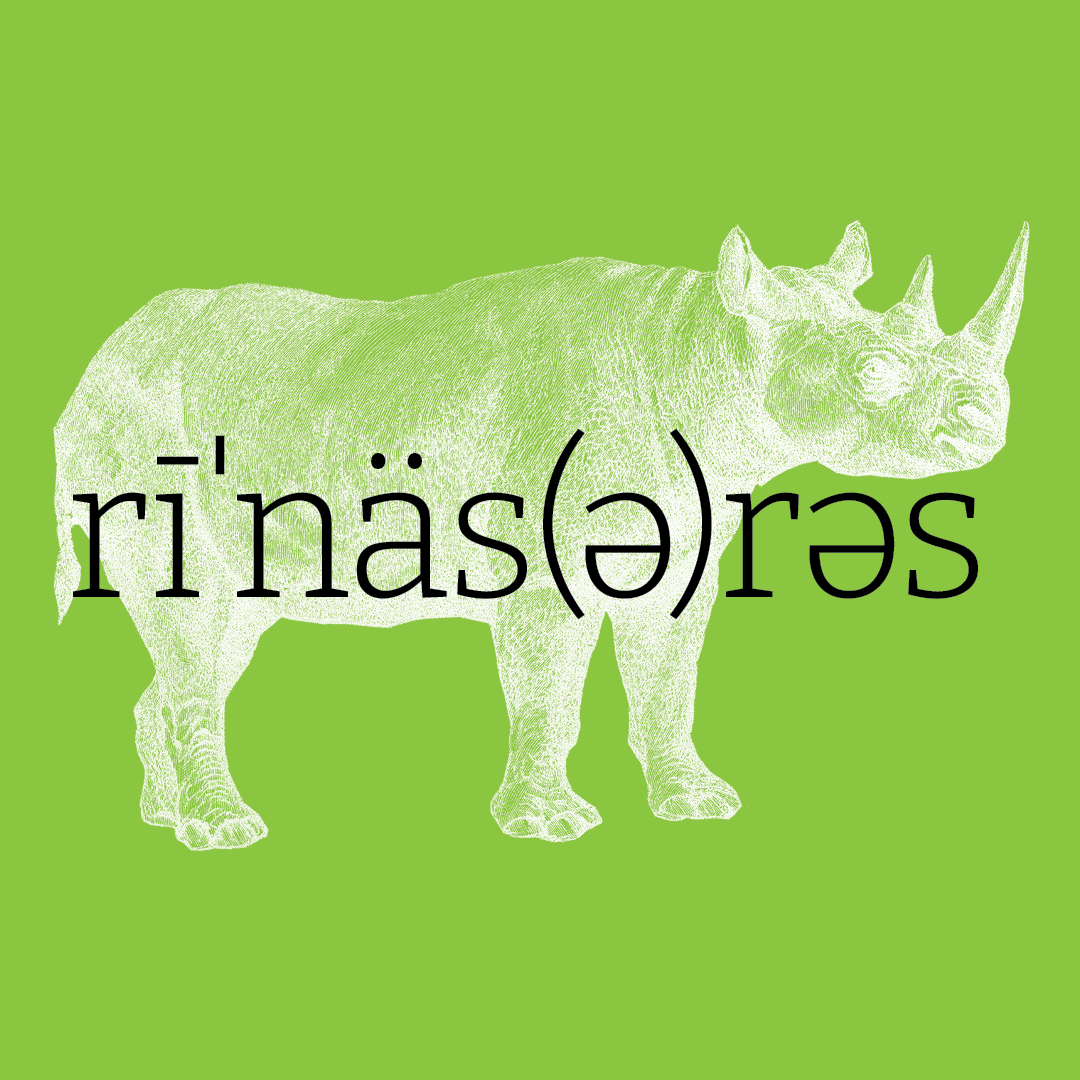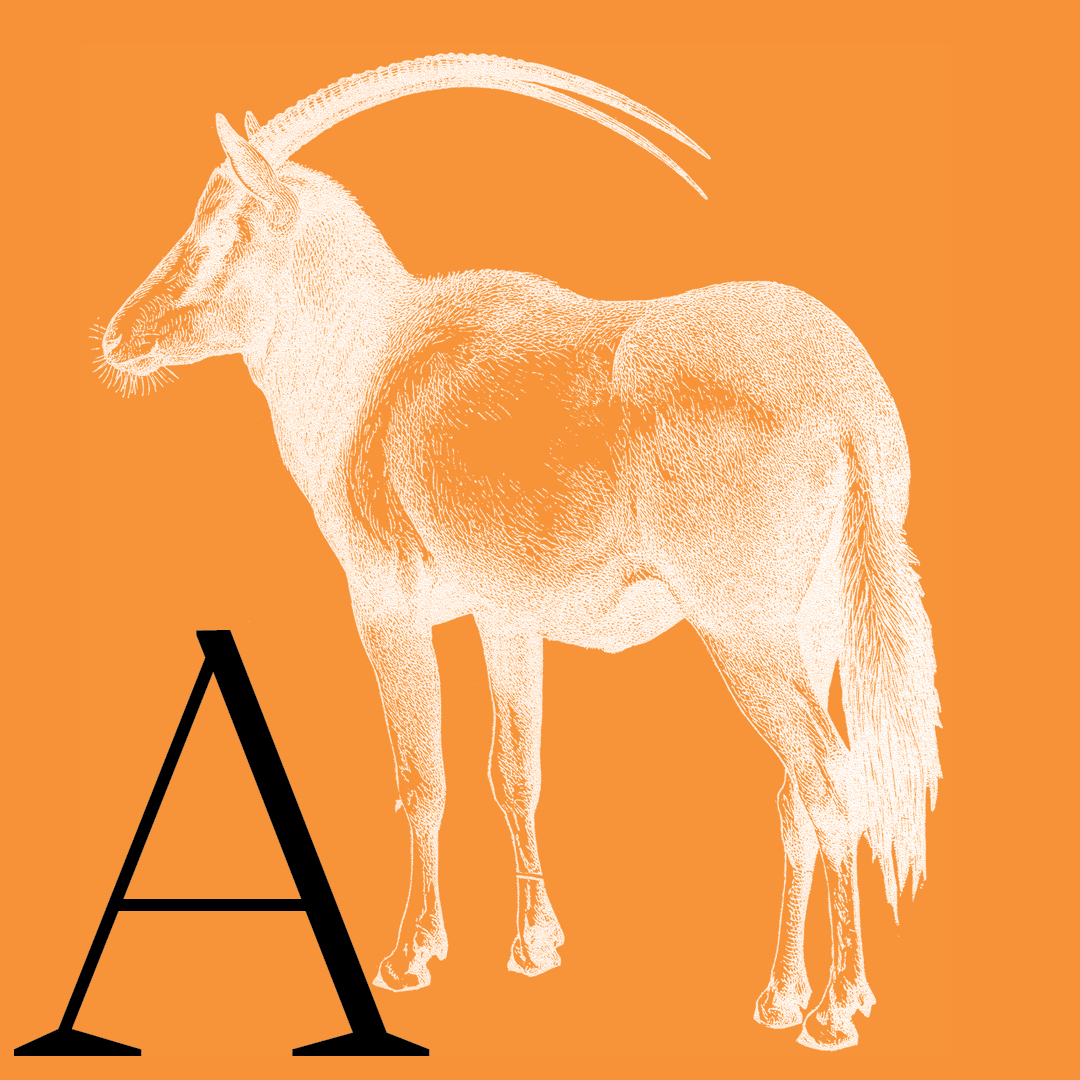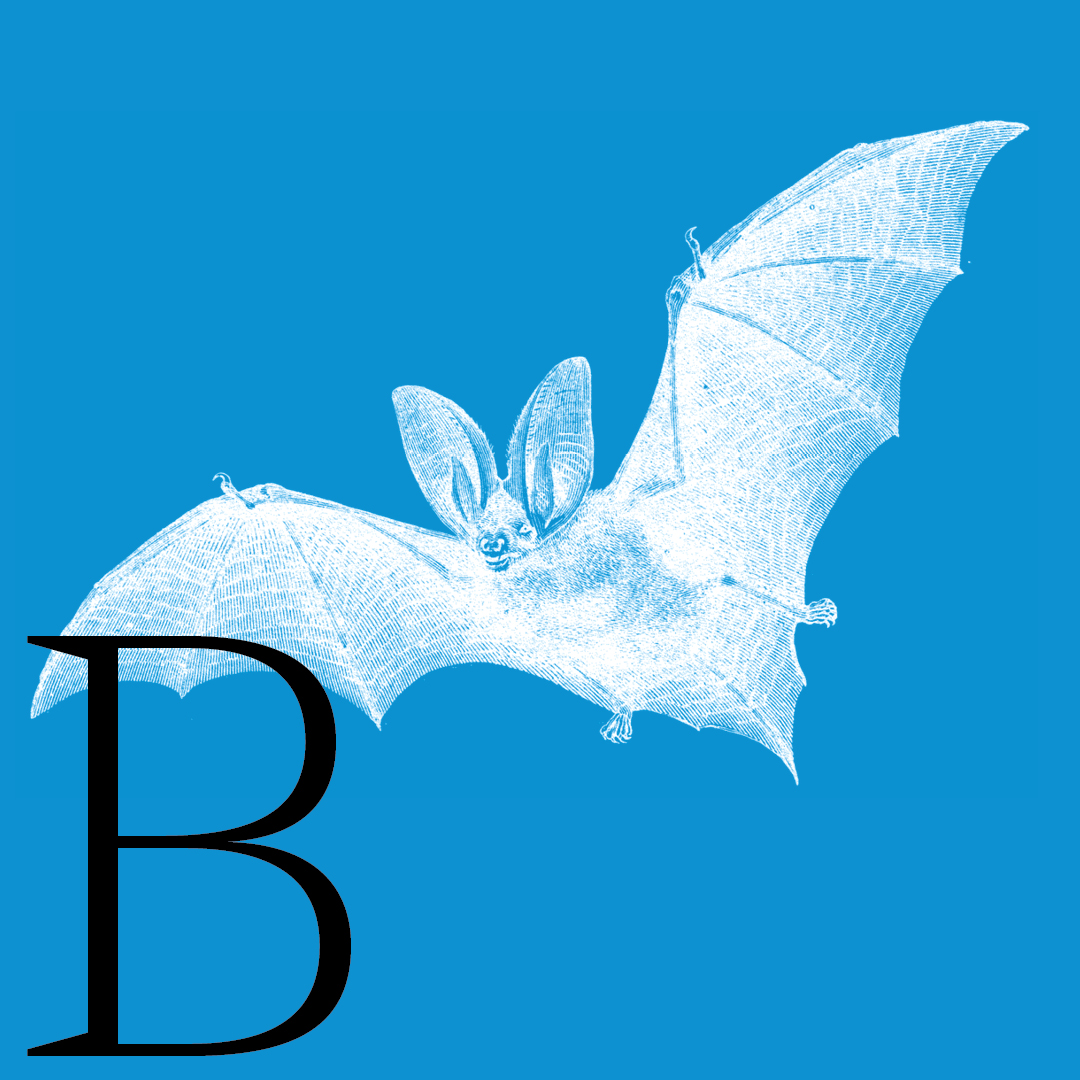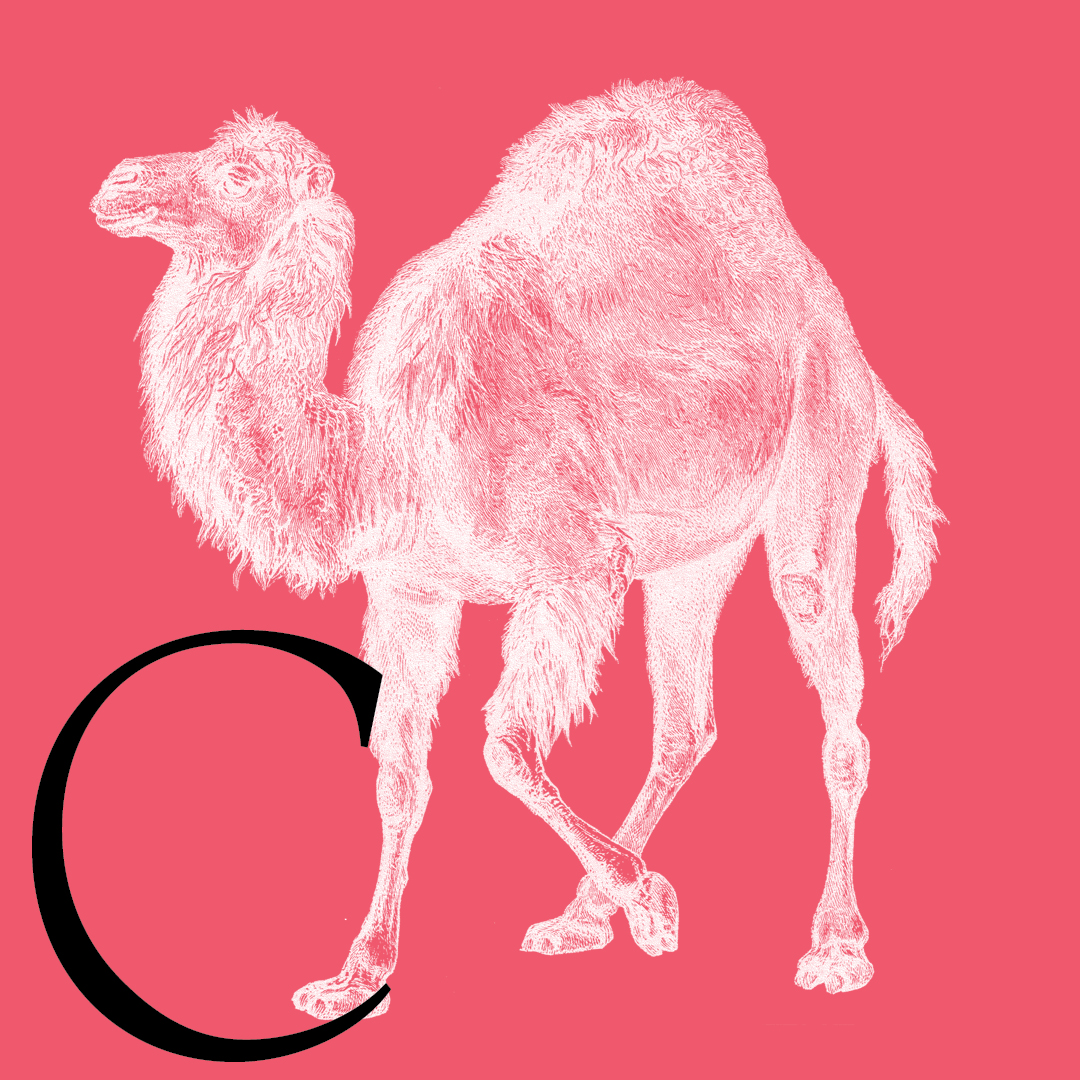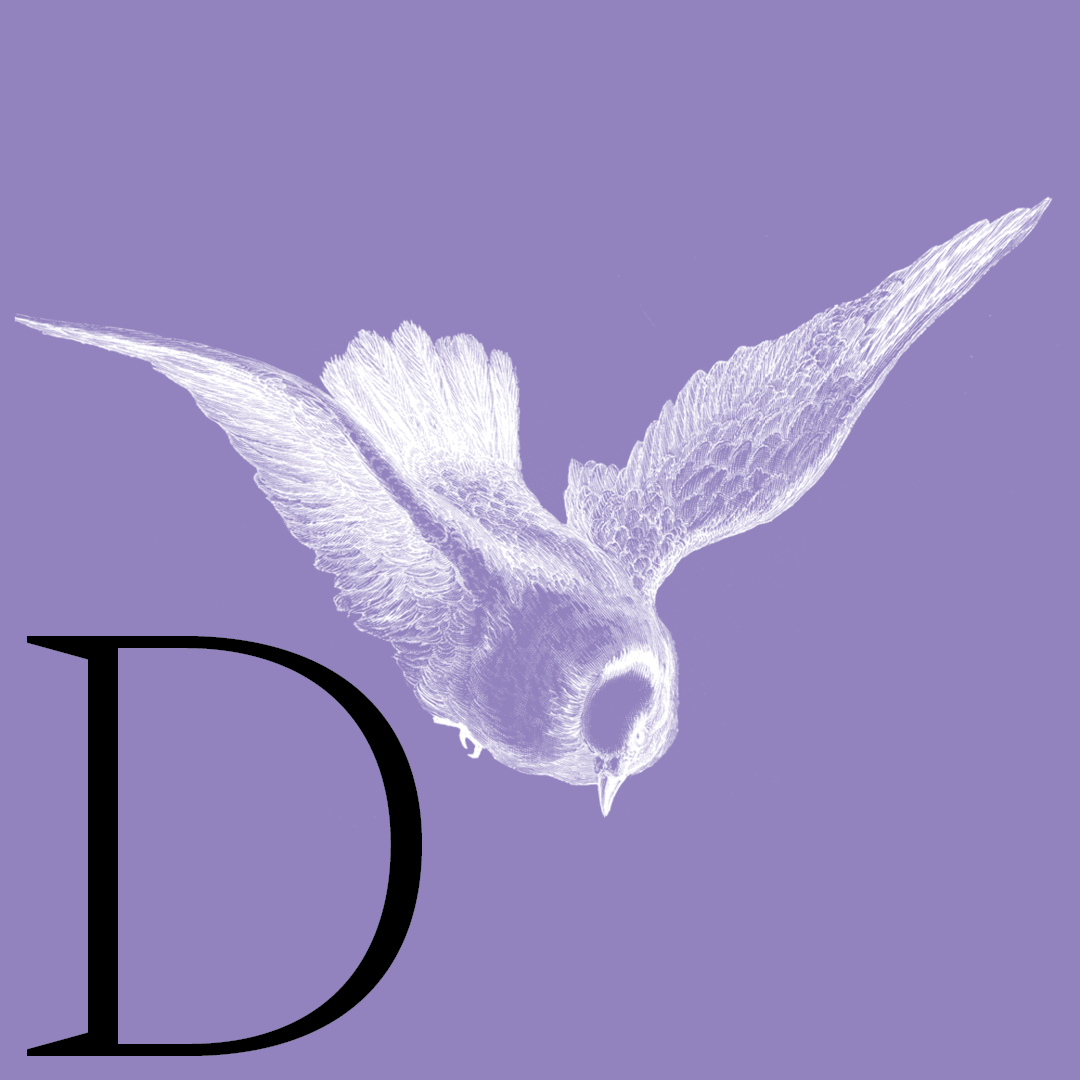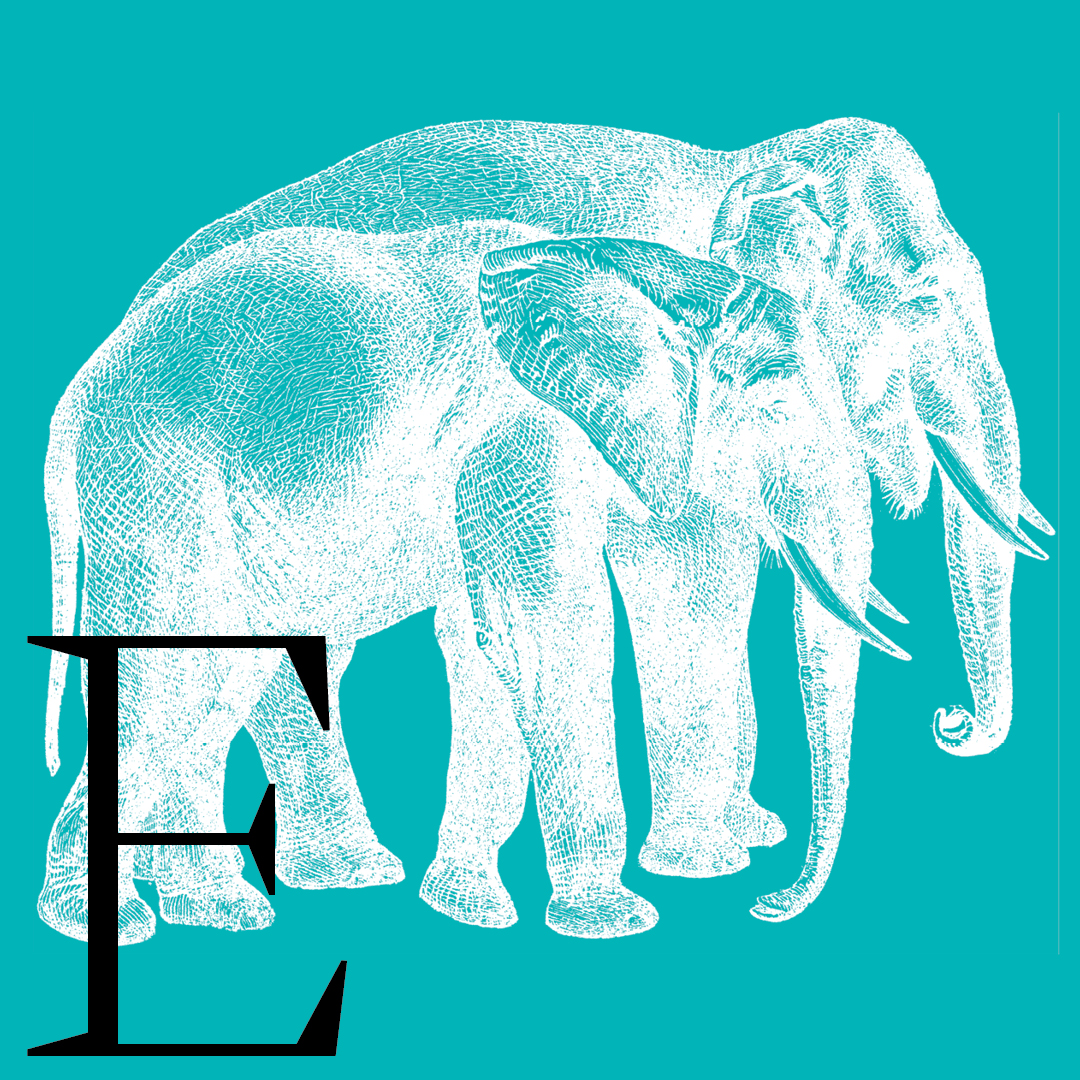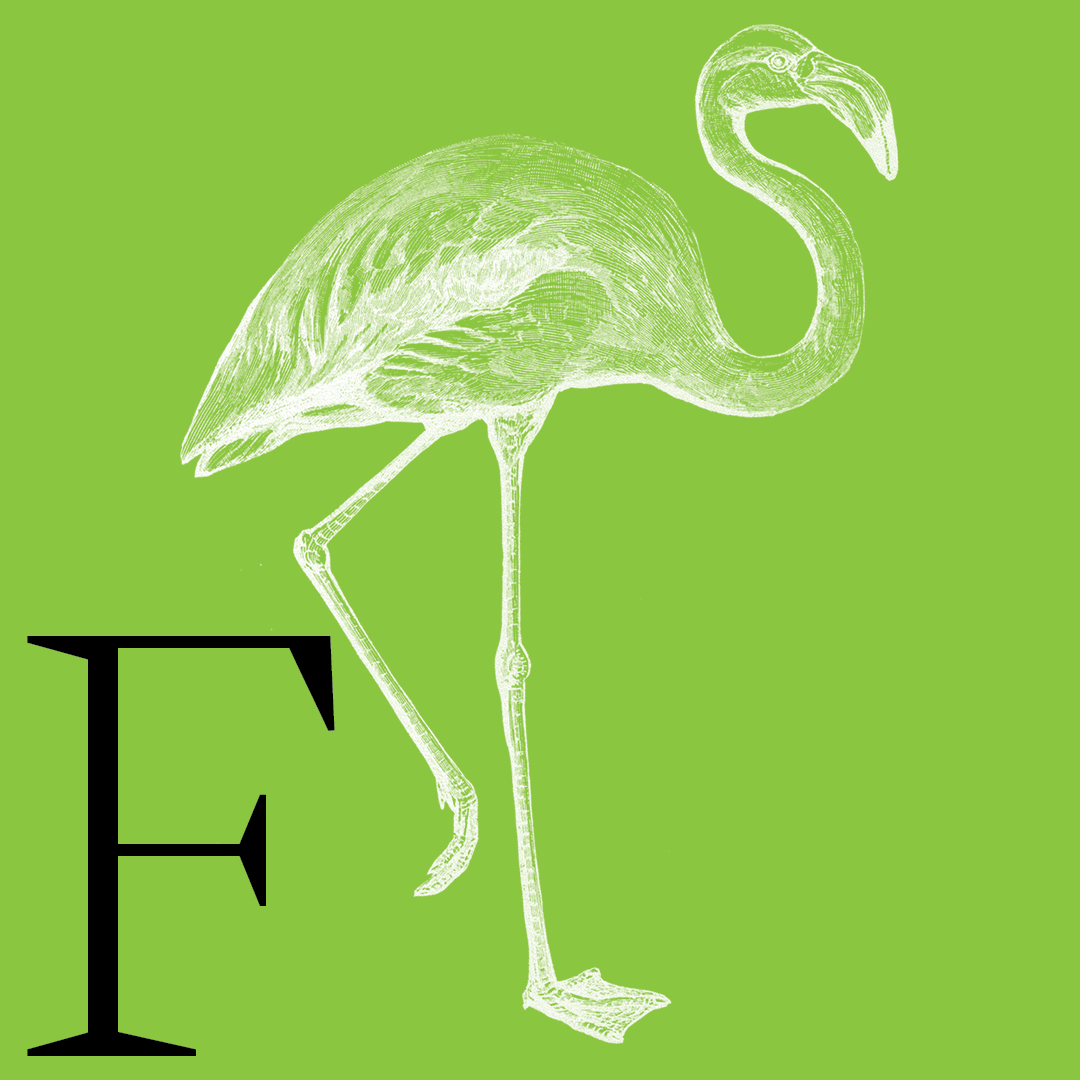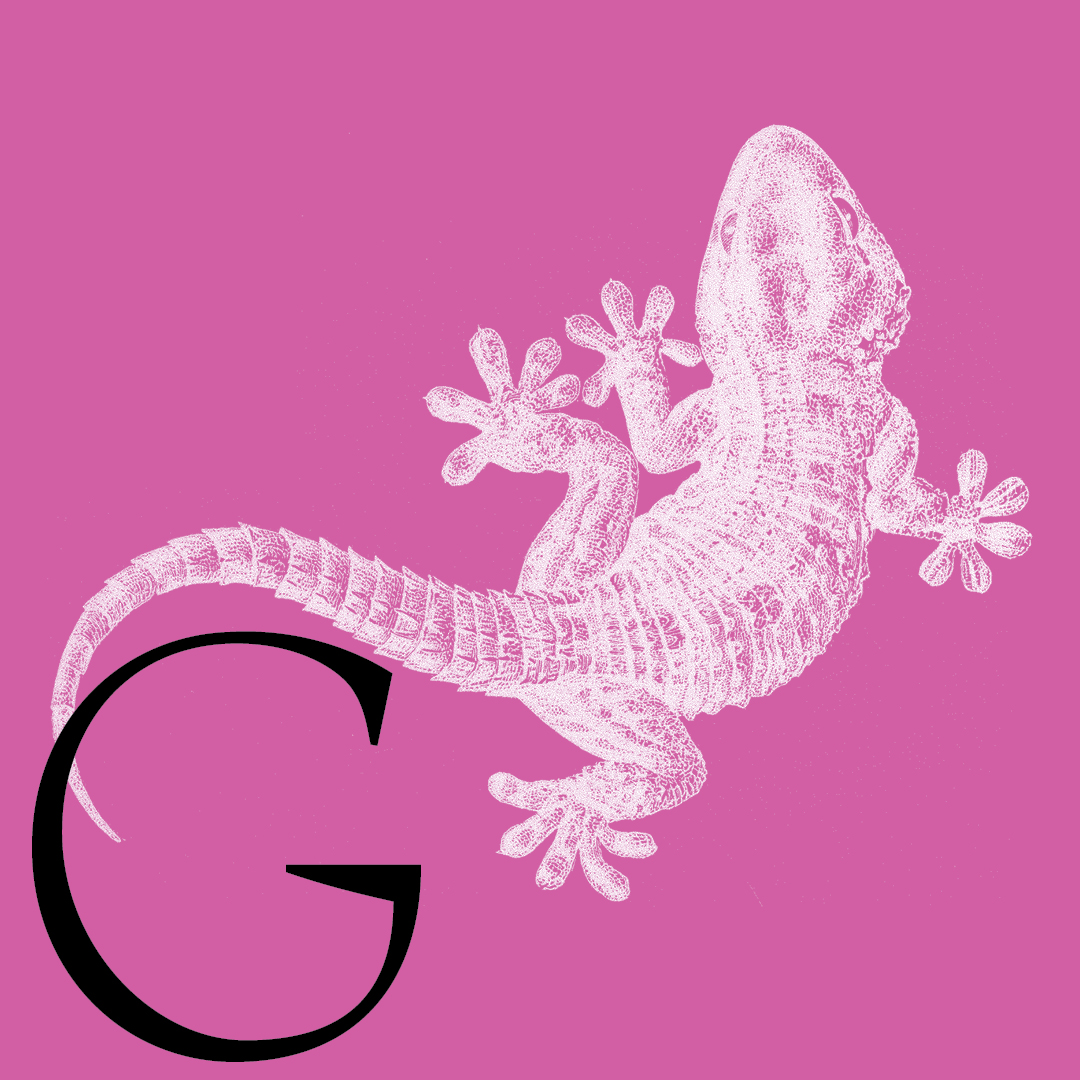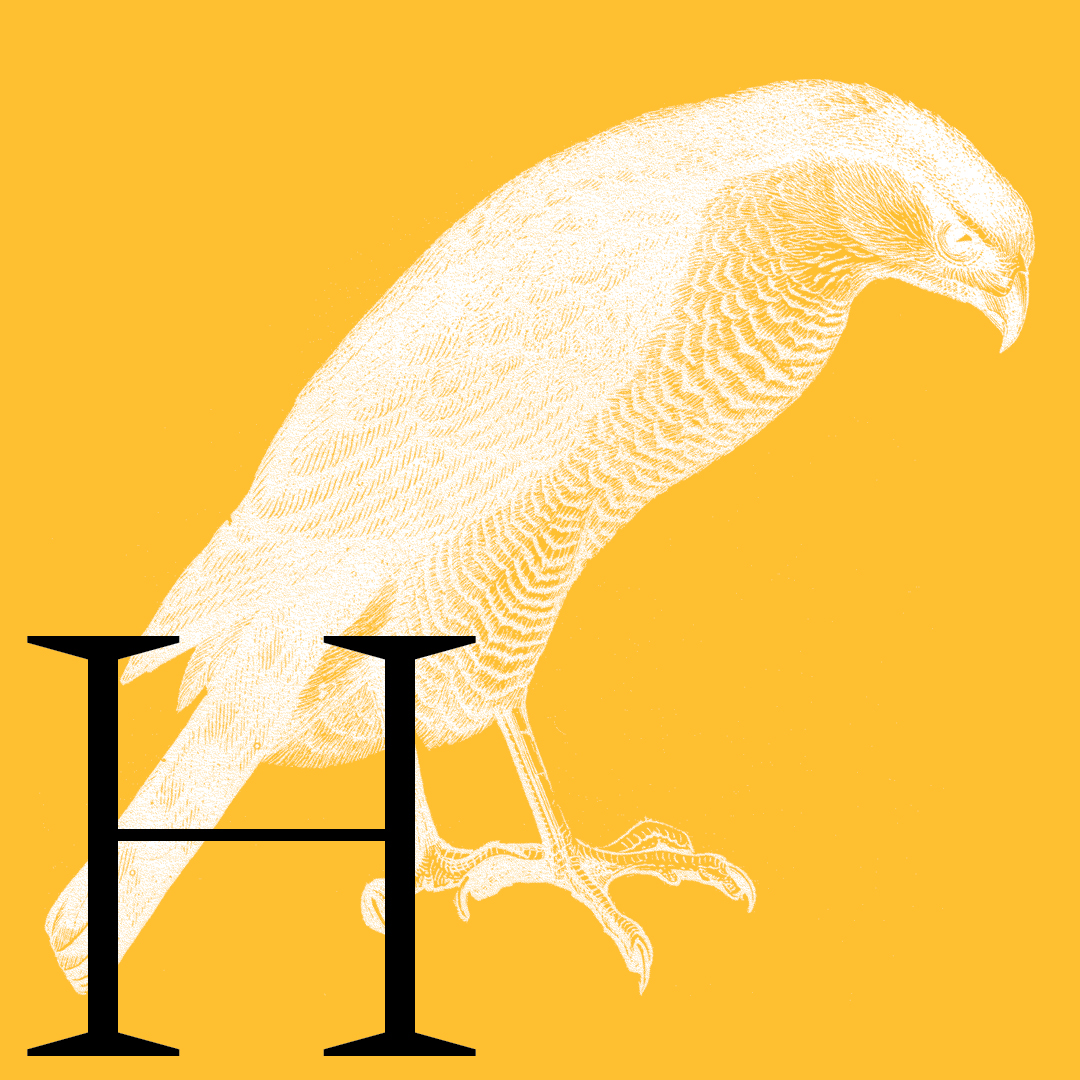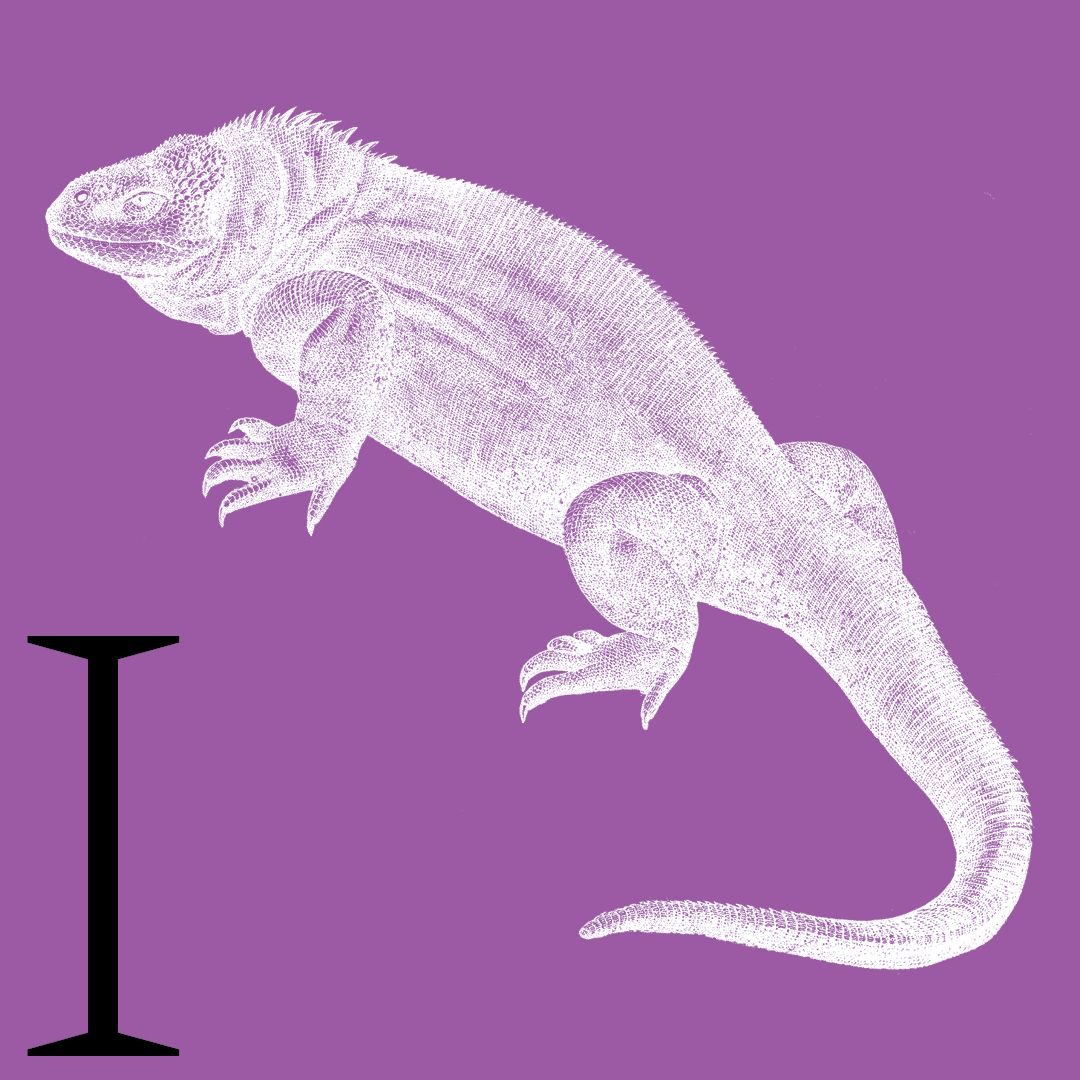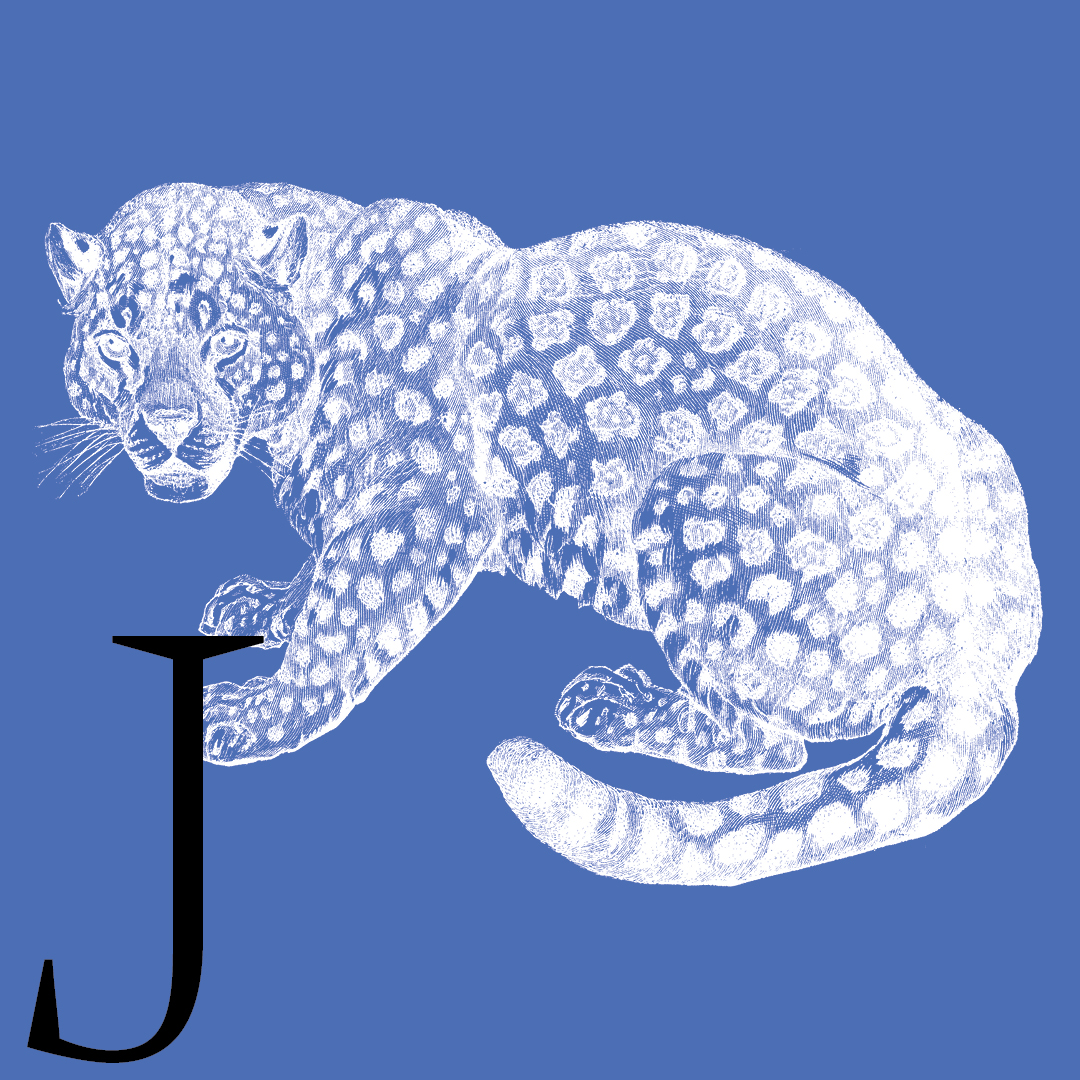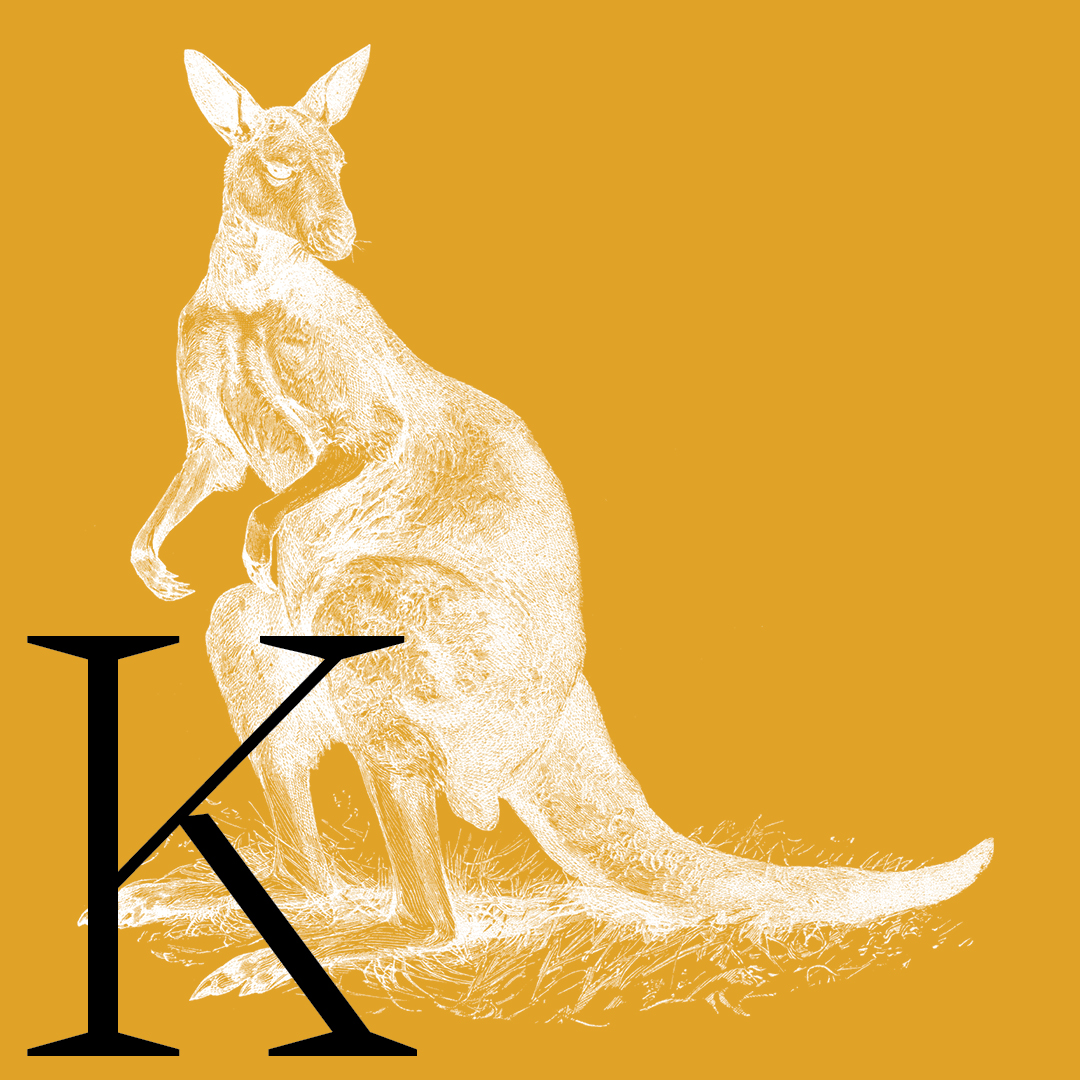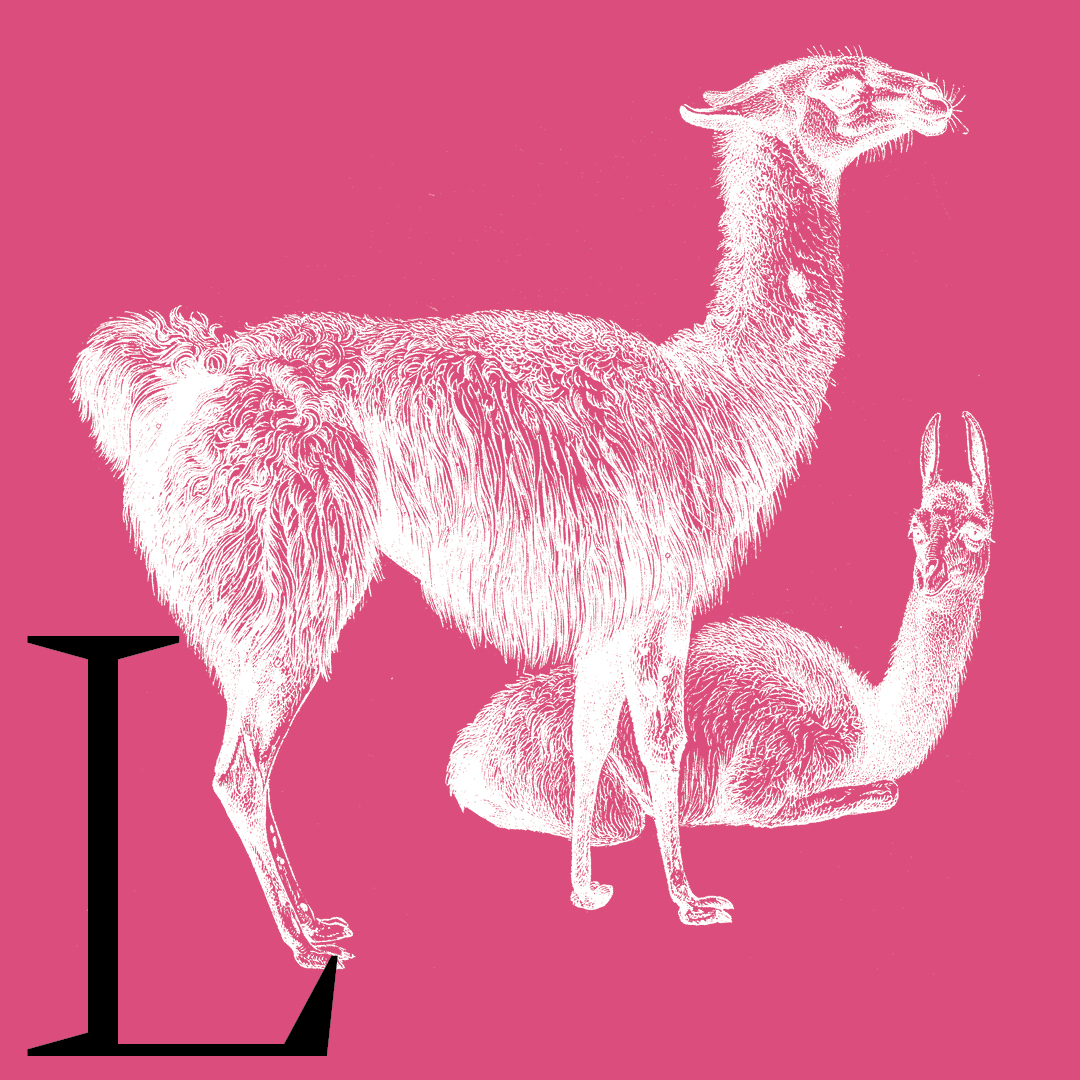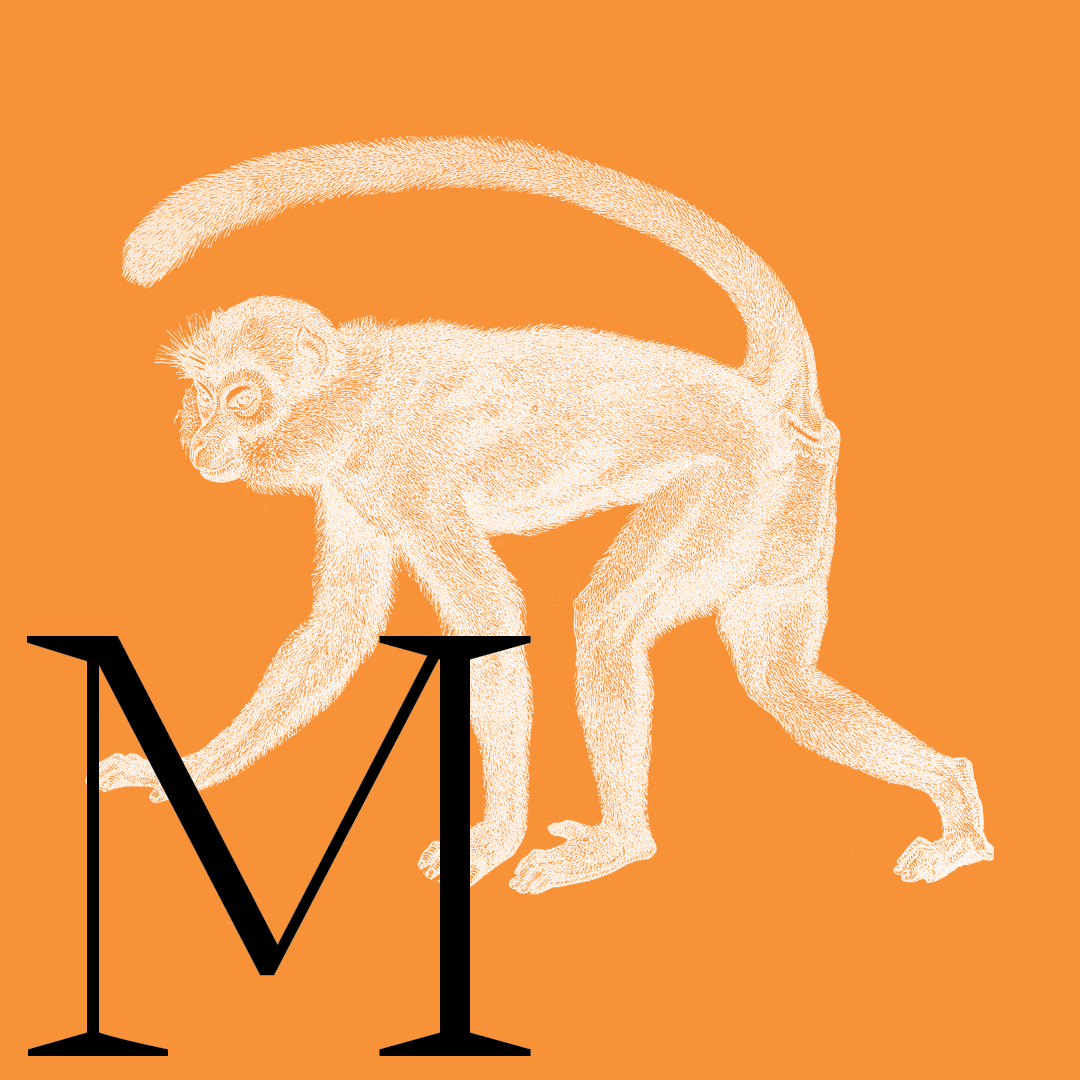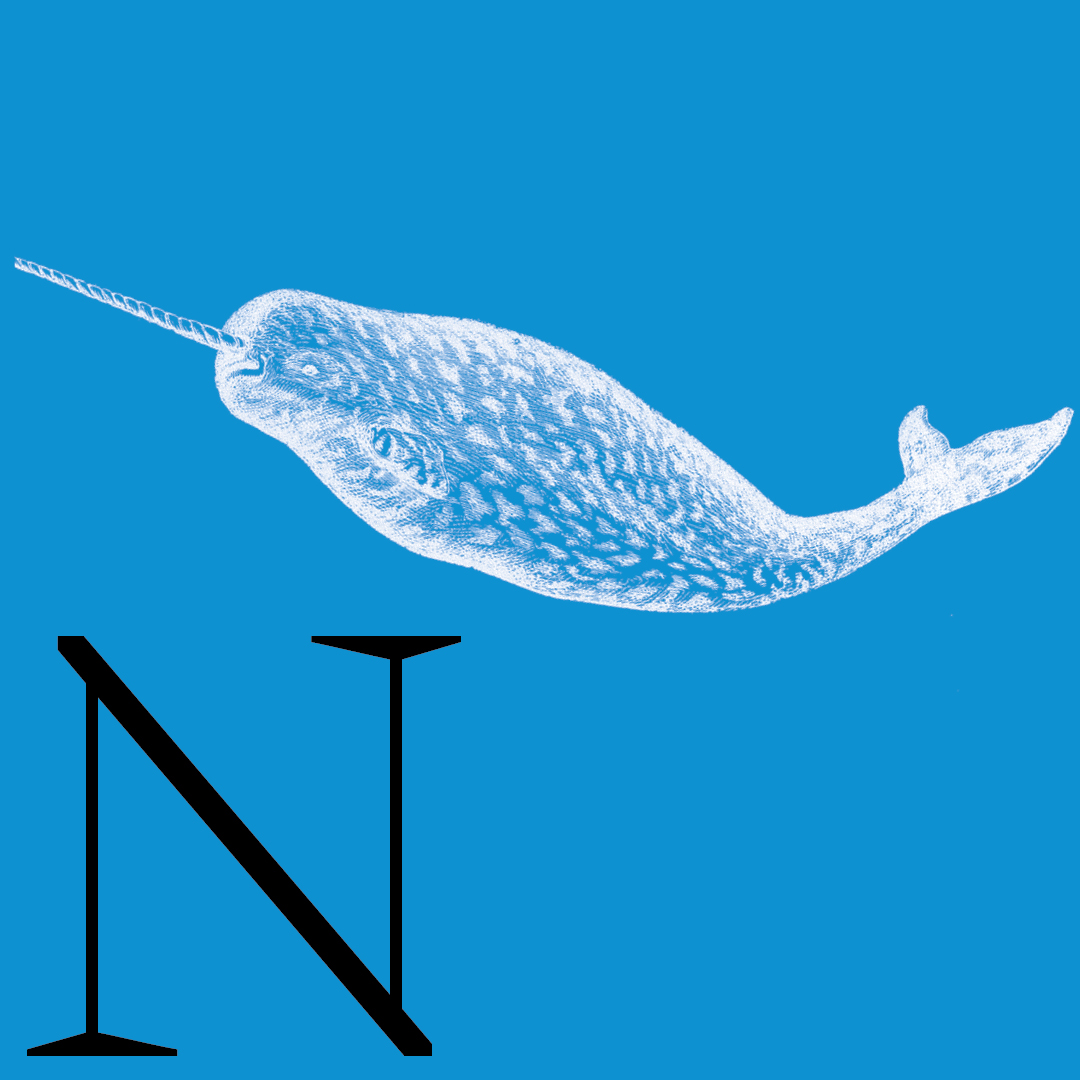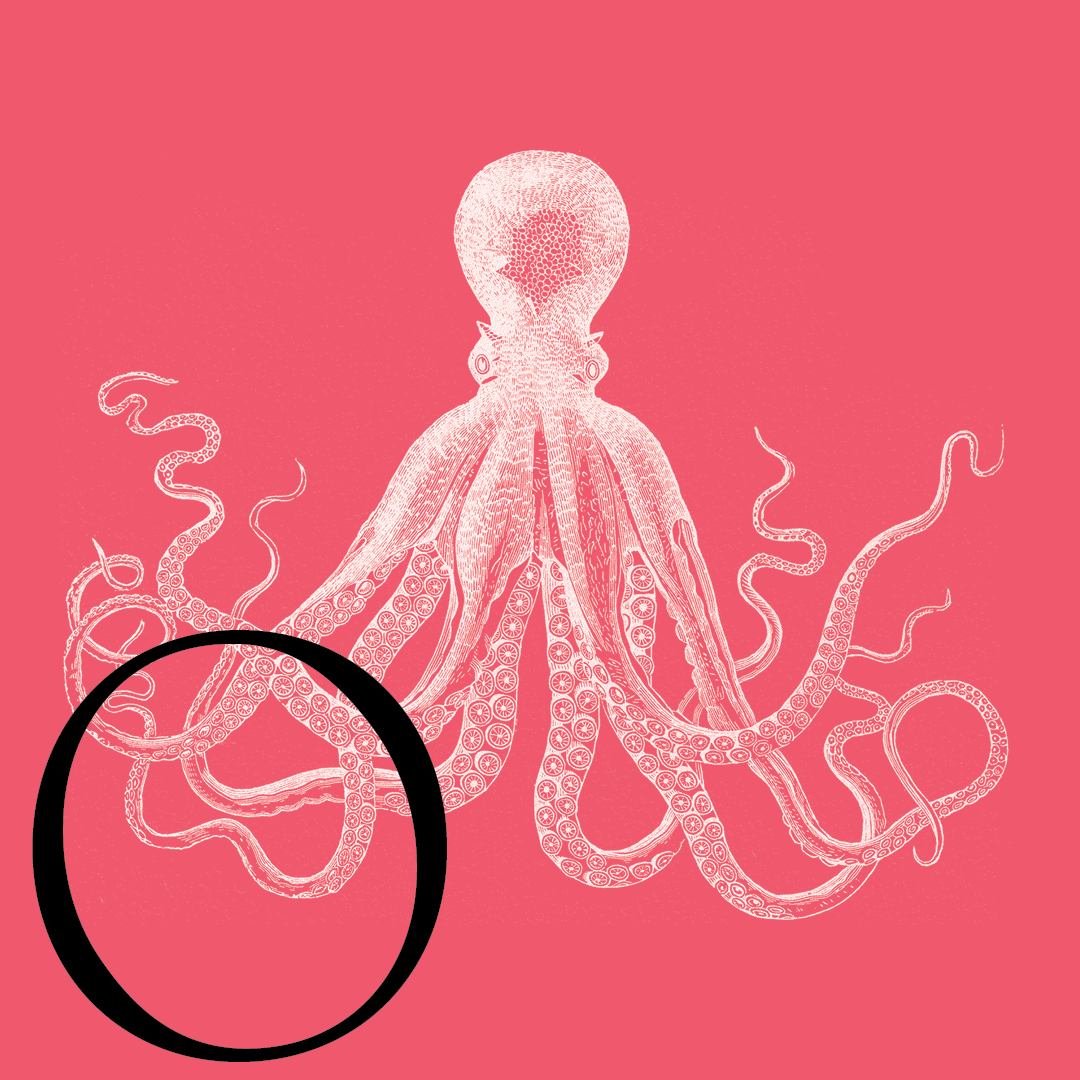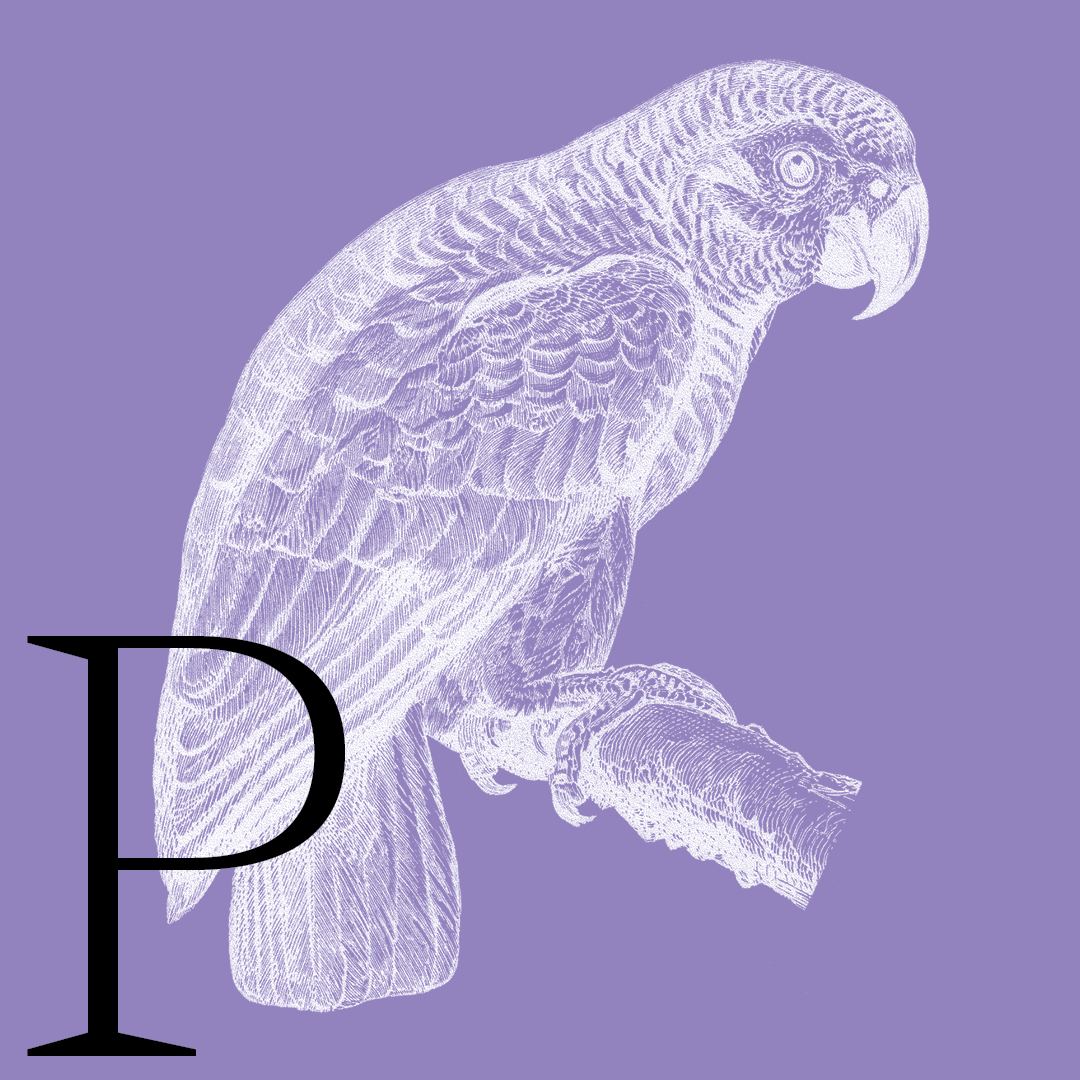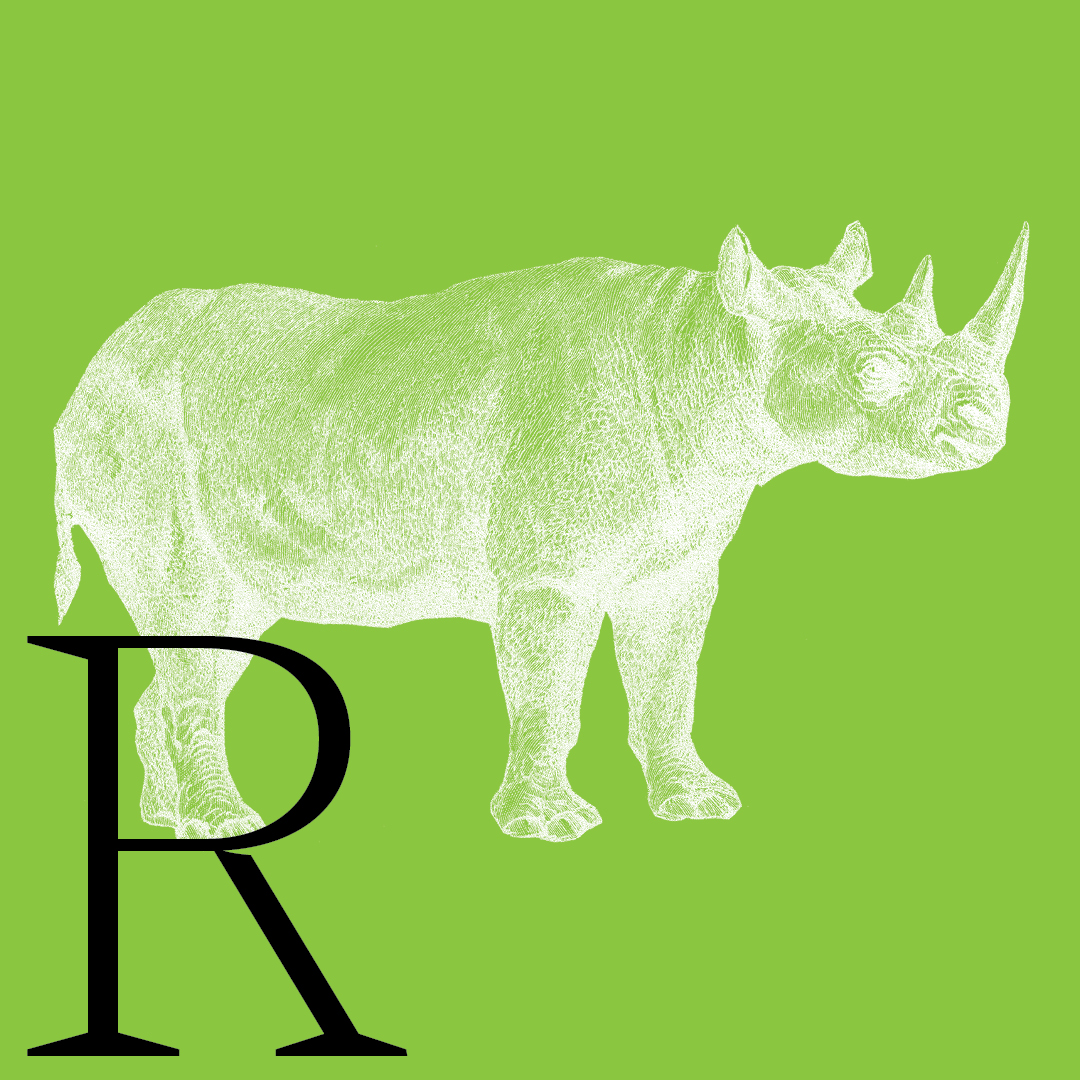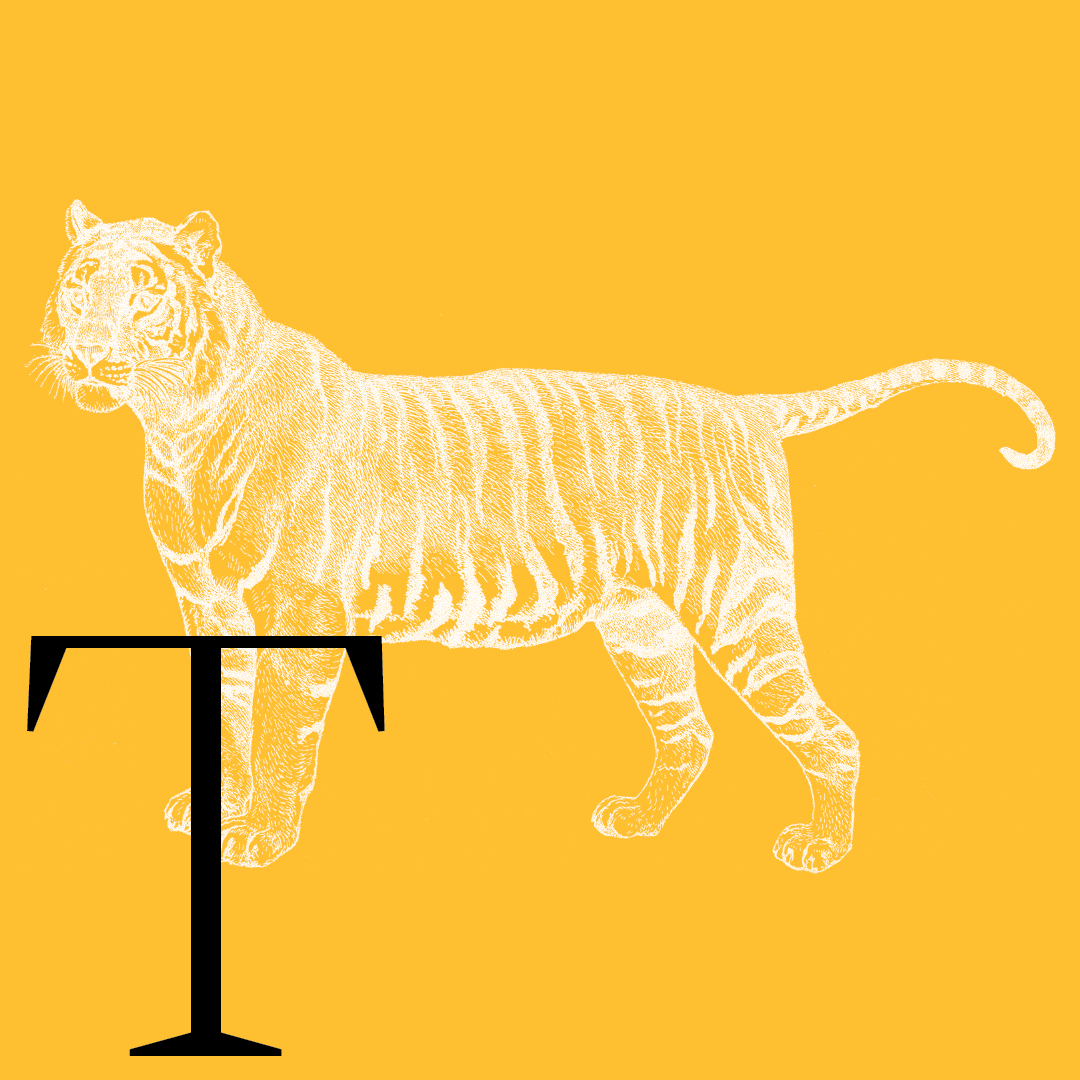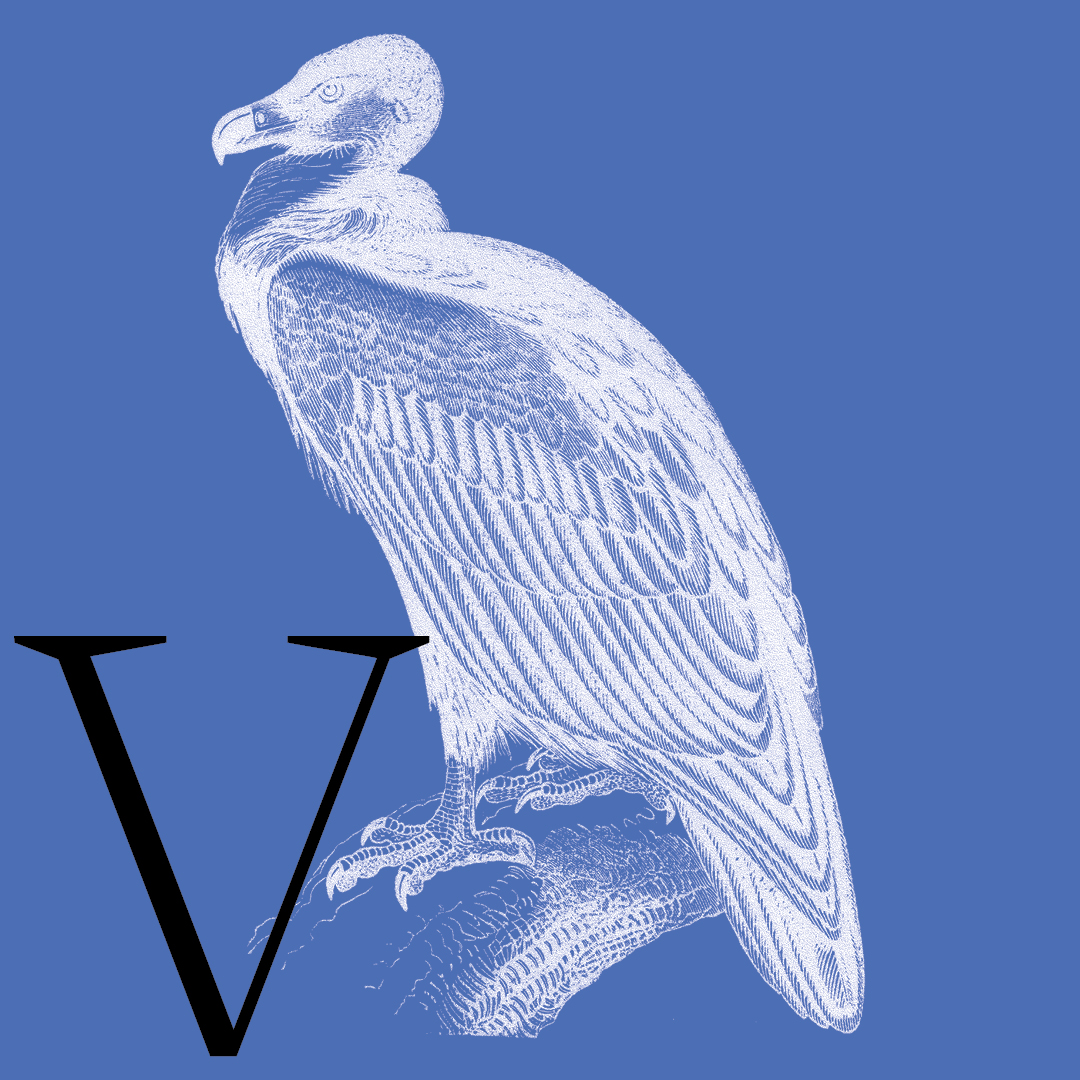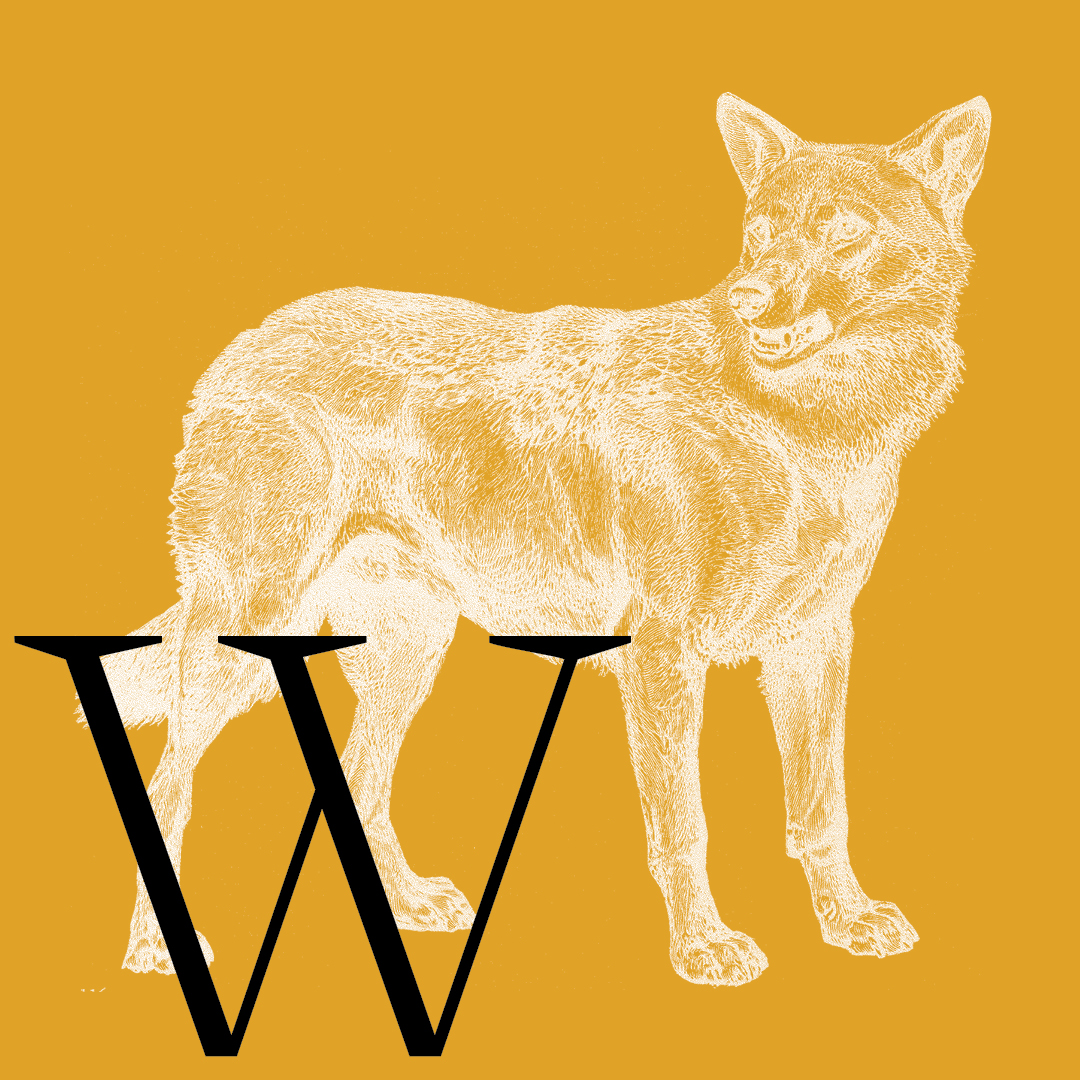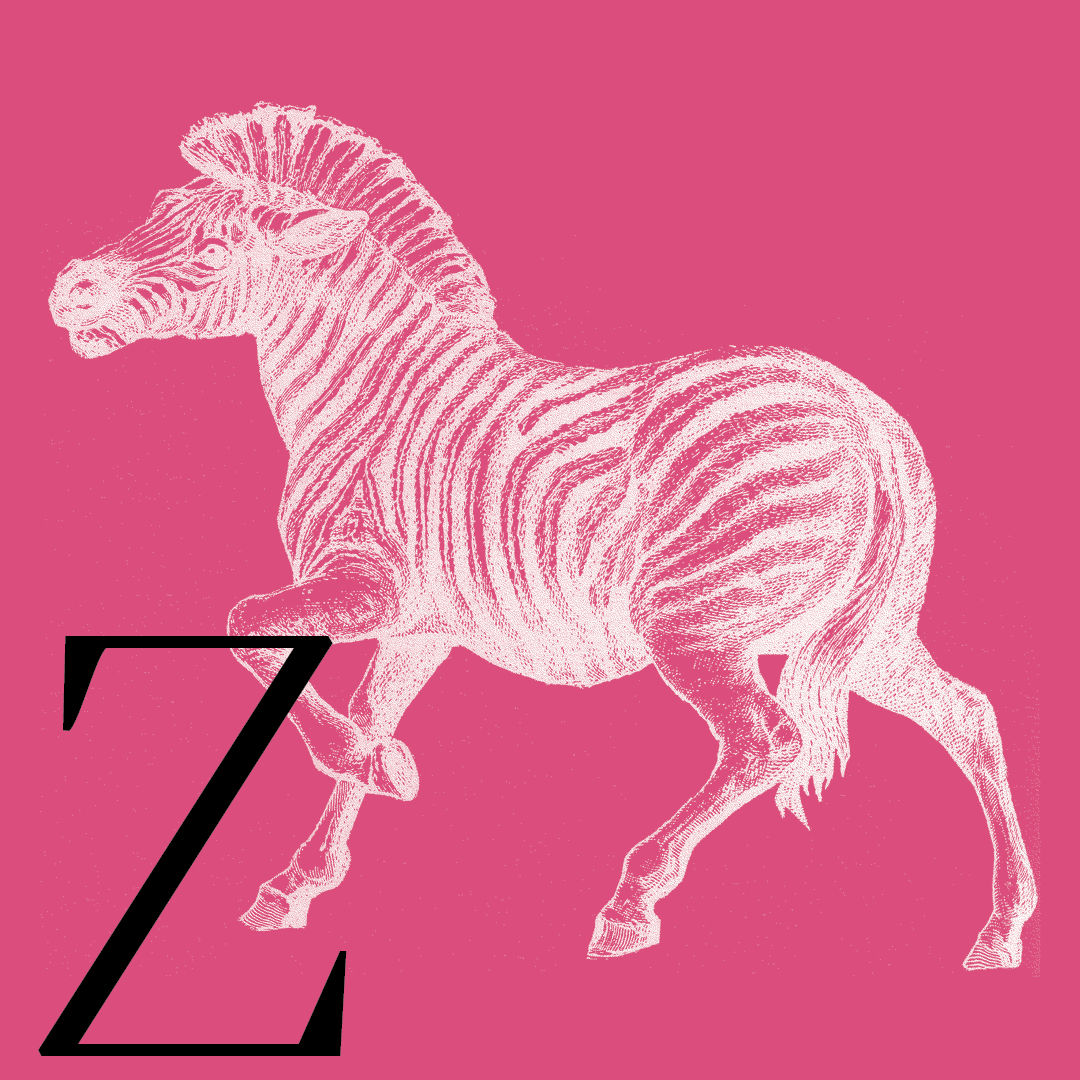Rhinoceros–Granite Bay Design Animal Alphabet
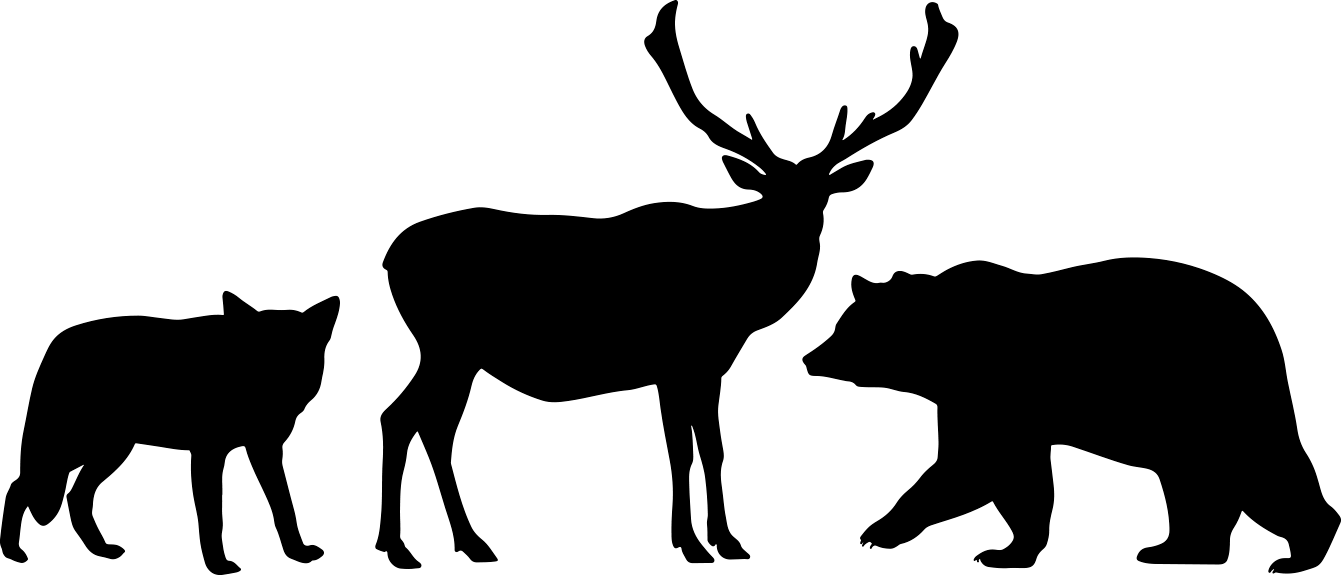
GBD MICROSITE: ANIMAL ALPHABET
“The only way to save a rhinoceros is to save the environment in which it lives, because there’s a mutual dependency between it and millions of other species of both animals and plants.”David Attenborough
Rhinoceros
“A rhinoceros (/raɪˈnɒsərəs/; from Ancient Greek ῥῑνόκερως (rhīnókerōs) ‘nose-horned’; from ῥῑ́ς (rhī́s) ‘nose’, and κέρας (kéras) ‘horn’), commonly abbreviated to rhino, is a member of any of the five extant species (or numerous extinct species) of odd-toed ungulates in the family Rhinocerotidae (it can also refer to a member of any of the extinct species of the superfamily Rhinocerotoidea). Two of the extant species are native to Africa, and three to South and Southeast Asia. Rhinoceroses are some of the largest remaining megafauna: all weigh at least one tonne in adulthood. They have a herbivorous diet, small brains 400–600 g (14–21 oz) for mammals of their size, one or two horns, and a thick 1.5–5 cm (0.59–1.97 in), protective skin formed from layers of collagen positioned in a lattice structure. They generally eat leafy material, although their ability to ferment food in their hindgut allows them to subsist on more fibrous plant matter when necessary. Unlike other perissodactyls, the two African species of rhinoceros lack teeth at the front of their mouths; they rely instead on their lips to pluck food.”WIKIPEDIA

